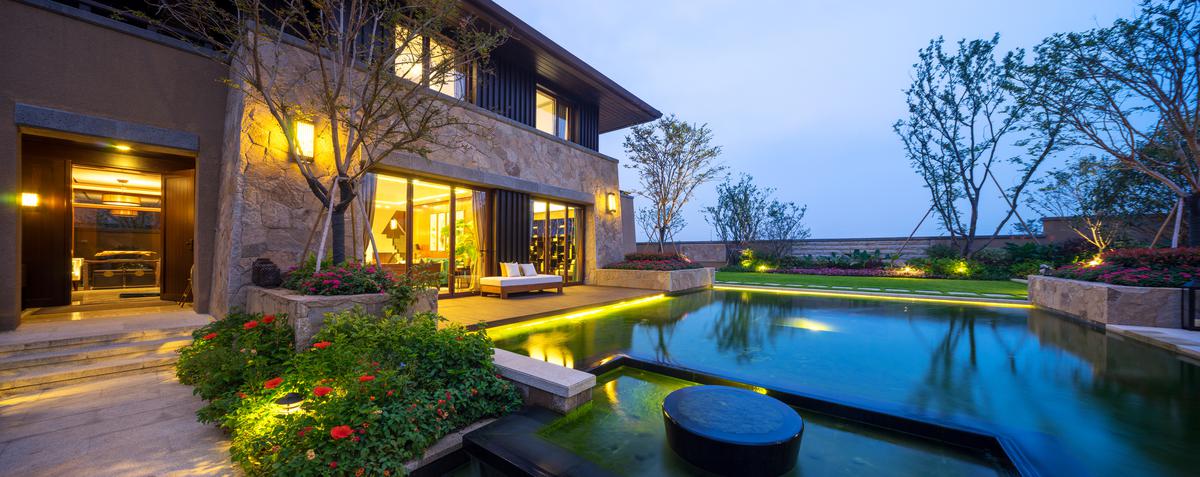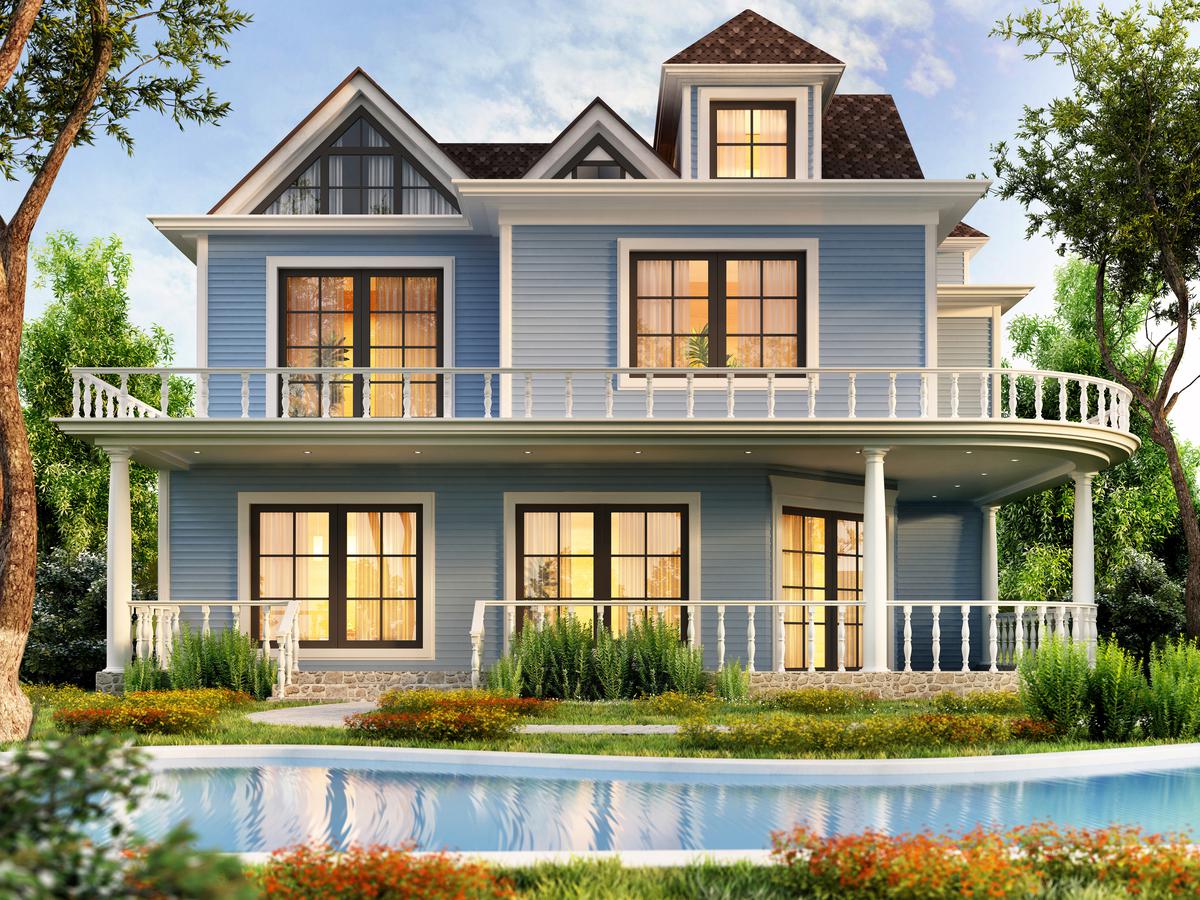The concept of ‘By invitation only’ (BIO) housing projects is one of those ‘grey’ areas of real estate which carry with them very strong emotional markers. It tends to make Indians’ antennae perk up, and not necessarily from a demand perspective. We’re not considering gated communities here — the acquisition of a property in a gated community rarely depends on anything more than a buyer’s net worth. BIO projects clearly exclude a certain segment of buyers, often for reasons other than their lack of purchasing power.
Market size
This is a very ill-defined segment of housing, which means it cannot be ‘tracked’ in the classical sense of the word. The overall ultra-luxury sector represents about 5-6% of India’s real estate pie. Any luxury project could be marketed as ‘by invitation only’ — either as a sales gimmick or on the basis of actual selection criteria other than purchasing power. However, BIO projects may not necessarily refer to luxury at all, which makes it even harder to track. Mumbai, Chennai, Pune and Kolkata are fairly fertile grounds for BIO plays. In fact, when it comes to luxury in the general sense, most larger cities have their designated luxury ‘pockets’ — central areas which are usually defined by high demand and low supply.
Array of amenities
When a BIO project is being marketed as such solely on the basis of the luxury factor, one can certainly expect a lot from it. The fairly standard crop of such amenities in an ultra-luxury project would include in-suite or rooftop swimming pools, concierge services, private elevators, an in-house restaurant from which one can order by room service, ultra-high-tech security measures, multiple parking spaces per apartment and world-class facilities management.
However, it is also pertinent to note that the BIO route is not necessarily applied only to ultra-luxury projects. In many cities, the luxury factor is defined by location, and the central locations are invariably space-starved. Therefore, a relatively small plot may yield a small boutique luxury project which, by virtue of space constraints, may not be able to offer a very high saturation of amenities.

Price range
Since BIO projects cannot be classified as a market segment and is not necessarily defined by a clear luxury factor, attributing a real price range presents difficulties. Also, a BIO project may merely be one where the developer is attempting to engage in a specific kind of neighbourhood crafting or profiling. The project may get traction from the targeted buyer segment solely because of this factor and not on the basis of a very high luxury quotient. That said, the price for ultra-luxury apartments in the major cities can range from ₹3 crore to ₹75 crore, depending on the location, builder’s brand and the overall aspirational clout of the project itself.

Shades of grey
A developer may market a project — even a more or less ordinary mid-range project — to buyers from a certain profession, a religious segment or even dietary preference.
It can, therefore, become BIO solely on the basis of this profiling and not on the basis of any significant luxury quotient. If a project is BIO based on such parameters, it may not be very expensive to own a property there; nevertheless, money alone cannot buy a unit in such a project.
Aspiring buyers must meet the targeted social criteria, and if they don’t, no amount of money can make a difference.
In many cases, the BIO tag is merely a marketing gimmick that attempts to lend an aura of exclusiveness to a perfectly garden-variety luxury project, and the only objective is sales generation. In such cases, the only criterion is a buyer’s gullibility to marketing ploys.

Marketing a project
In a BIO project, a developer will usually already have an inner circle of buyers and brokers who he knows are interested in such offerings and have the necessary financial wherewithal. If the project is not necessarily a luxury offering but one which seeks to craft a neighbourhood of specific social characteristics, invitations will be sent out only to buyers who meet those characteristics. An invitation can be by phone, email, a mailed letter or even word-of-mouth via a closed grapevine.
Luxe factor
The trend of marketing residential projects as BIO is not unique to India. It is prevalent in other countries, particularly in luxury real estate markets. Here’s how it manifests in different global contexts.
The U.S. and Europe: In high-end real estate markets like New York, London, and Paris, luxury properties are targeted at a niche clientele, including celebrities, business magnates, and high-net-worth individuals. Such properties are often not listed publicly; they are sold through private networks of real estate agents and brokers.
West Asia: In cities like Dubai, which is known for its opulent real estate developments, these projects are a method to attract wealthy investors and buyers from around the world. They often include luxurious amenities and services that cater to an elite demographic.
Asia-Pacific region: Countries like Singapore, Hong Kong, and parts of Australia have also seen a rise in such exclusive marketing strategies. The focus is often on ultra-luxury properties, where privacy, exclusivity, and prestige are key selling points.
Latin America: In Brazil and Mexico, while not as widespread, there are instances of high-end developments being marketed on an invitation-only basis, especially in areas popular among the affluent and expatriates.
In the case of BIO projects based on profiling other than financial net worth, there may be a certain degree of secrecy and confidentiality involved, as the developers will seek to avoid being tagged as discriminatory.
There have been instances where developers have targeted specific religions and people of a specific dietary persuasion. In many cases, such profiling has resulted in a negative backlash against the developer’s brand, owing to the mounting movement for inclusiveness and diversity at all levels of society.
In other cases, the BIO tag has been successfully employed to woo HNIs to a luxury project, without any questionable characteristics to the whole exercise. The developer was not crafting a neighbourhood based on social profiling but rather on purchasing power. Of course, all real estate marketing happens with a great deal of forethought and study of the target clientele, so this is nothing but standard operating procedure done right.
The writer is Chief Strategy Officer, ANAROCK Group.


